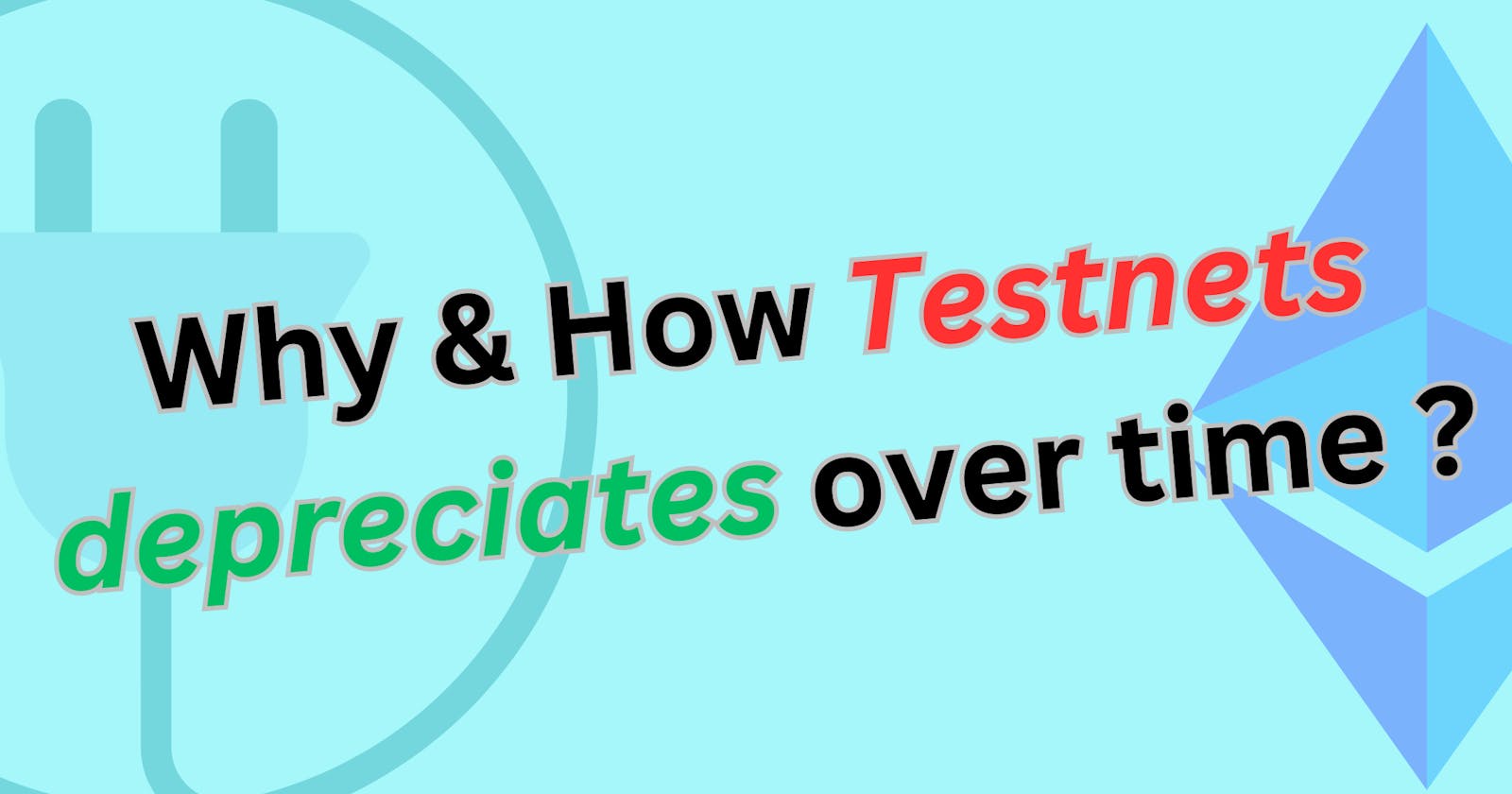Table of contents
No headings in the article.
Have you ever wondered why testnets, such as those used in Ethereum, seem to depreciate over time? Well, let me shed some light on this topic.
For those who are not familiar, testnets are copies of the mainnet where tokens have zero value, allowing developers to test their applications before launching them on the mainnet. These testnets are periodically depreciated, which can be quite frustrating for developers who rely on them.
So why do these testnets depreciate? It's because they are fully featured blockchains, just like the mainnet, and as they grow, their history and state grow with them. This makes them hard to maintain and update with the mainnet, which is constantly evolving. Hence, they tend to depreciate over time.
For instance, Pyrmont Beacon Testnet, Kovan Testnet, Kiln Testnet, Ropsten Testnet, and Rinkeby are some of the testnets that have already been or are being depreciated. The Ethereum team has suggested that developers shift towards Goerli Testnet and/or Sepolia Testnet, as they are more future-proof. However, even these testnets will likely depreciate in the future, as their usage gradually declines.
In conclusion, while testnets are an important part of the development process, they are not meant to be a permanent solution. Developers should be aware of the periodic depreciation of testnets and plan accordingly to avoid any disruptions to their projects.
